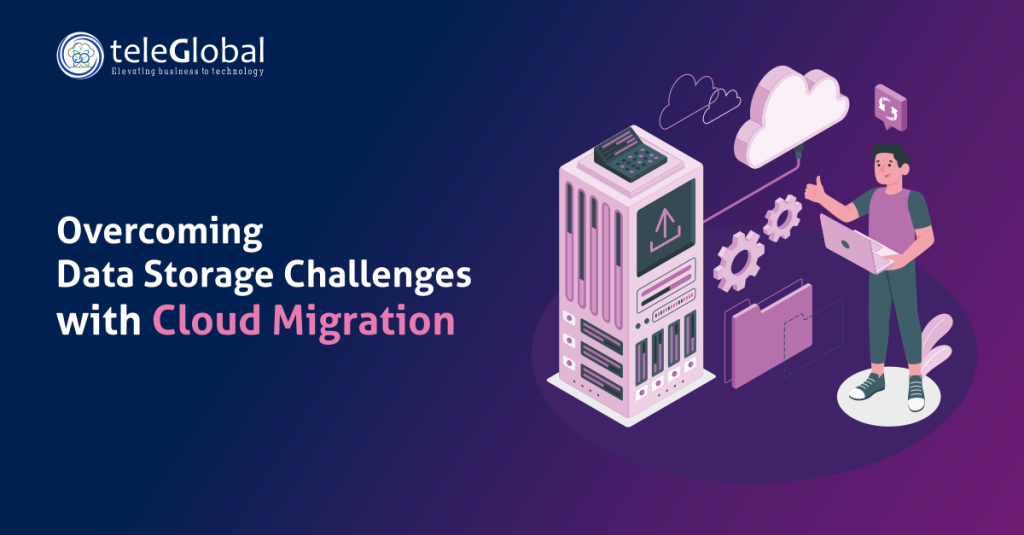
| Author: Abhinita Singh | Published: 08-Jan-2024 |
Step into almost any busy office today and you’ll hear familiar complaints.
“Where’s the extra space gone?”
“Why is the backup taking so long?”
“Why is everything crawling when I just need this report?”
Data has become the beating heart of business. It powers decisions, fuels new products, and keeps daily operations alive. This is why more companies are moving to the cloud. Not because it’s the latest tech buzzword, but because it fixes real, stubborn problems that old infrastructure simply can’t handle anymore.
Think about how much data your business created ten years ago. Now think about today. Between online transactions, customer interactions, IoT devices, and analytics, the numbers are staggering. IDC predicts that by 2025, the world will be producing 175 zettabytes of data.
Traditional servers were never built for this. Once the drives fill, you’re scrambling to find space. Security patches pile up. Backups run into the early hours. Recovery after a system failure can stretch from minutes into days.
The cloud was designed to live in this environment, elastic storage, built-in redundancy, constant monitoring, and the ability to scale in seconds.
Physical storage grows in awkward, expensive jumps. When you run out, you’re stuck buying and installing new hardware, then praying it doesn’t fail before you’re ready.
The longer systems run without updates, the more gaps appear. All it takes is one missed patch, and your data is at risk.
After an outage, the clock starts ticking. Every hour offline means lost sales, frustrated customers, and sometimes damage you can’t undo.
Hardware, electricity, cooling, staff time, these costs rarely go down, and often spike when something breaks.
With cloud data storage, you don’t have to wait weeks for a new server. Need an extra terabyte? It’s ready in minutes. And when you don’t need it anymore, you scale back.
With services like AWS Server Migration Service and AWS Application Migration Service, you replace big hardware purchases with predictable, pay-as-you-go resources.
The best server cloud backup options give you almost instant recovery times, sometimes in minutes, so you can bounce back from outages quickly.
With the provider handling the infrastructure, your team spends more time on innovation and less on maintenance.
In the past, high-grade storage and recovery were only available to enterprises with deep pockets. Now, cloud backup solutions for small business deliver the same level of protection and flexibility without the hardware overhead. It’s a chance for smaller players to compete with much larger organisations.
A well-planned cloud migration doesn’t just solve storage headaches, it builds a foundation your business can rely on for years. You get space when you need it, protection that keeps up with threats, and the flexibility to adapt when the market changes.
At Teleglobal, we help businesses of all sizes make this move with confidence. From secure cloud storage to AWS Server Migration Service and tailored cloud backup solutions for small business, our goal is to make your migration smooth, cost-effective, and ready for the future.
They make moving workloads to AWS faster and less disruptive.
Look for fast recovery, flexible capacity, strong encryption, and transparent pricing.
Scalability, integration with your existing systems, and effective cost management too.
 close
close

Hi there! At TeleGlobal, we turn your cloud vision into AI-accelerated reality. What challenge can we help you solve?
Powered by ![]() teleBot
teleBot